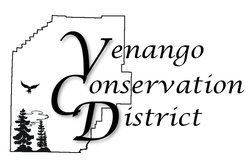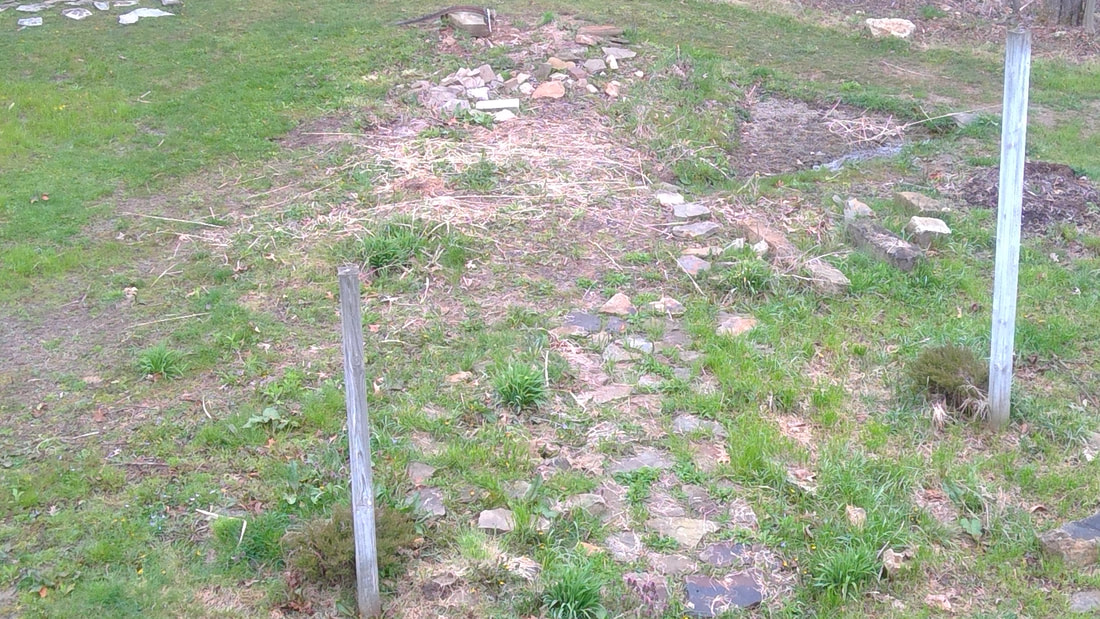|
So, three years ago, my teenaged daughter decided she should carve out her own signature in our yard by starting a pollinator garden. She cleared an area and even planted some flowering shrubs. Then she went off to college and that was the end of that.
She had the best intentions. There has been so much buzz (pun intended) in the last few years about pollinator decline. She wanted to take some action and I am proud of her for that. Meanwhile, back at the weed patch – I mean “pollinator garden” – it is now on me to shape this project into something. I asked myself, what do I need to do in this garden to support pollinators successfully. After some research, I noted that pollinators are more than just butterflies. Bats, birds, beetles, bees AND butterflies and even the wind can all be utilized by nature to pollinate plants. I can’t provide for ALL those species – that thought is a little overwhelming. I’ve decided to focus on bees. I’m not sure what I can do in my backyard to have an affect on the varroa mite infestations which spread hive diseases. I did learn that a loss of habitat is a factor in bee decline, along with exposure to pesticides. I don’t use pesticides in my yard, so I’m already a step in the right direction. Now for habitat considerations. Researches are suggesting that homeowners utilize wildflowers in a selection of their lawn, instead of just growing grass. Bee habitat is my goal. I don’t want to tend hives in my backyard, but I can provide support for solitary bees, which are pollinator bees that are already in my neighborhood. I figure native plants are a good choice. I live in a wooded area, so there are plenty of places for solitary bees to nest. My garden will be about providing food. Bee Balm, sunflowers like Black Eyed Susans, and Cone Flowers are native flowering plants with a nice range of bright native color to attract pollinators like my neighborhood bees. These types of plants will also attract other pollinator species as a bonus. I also need to consider what native plants bloom at different times of the year in order to keep the food supply available for the growing year. The bottom line is that, to be successful, I’ll need to put a lot of planning into a garden to benefit bees. It may take a couple of years to fiddle around with plants and placements. It looks like I’ll need to submit a follow-up or two to report my pollinator garden progress. Meanwhile, check out this really great brochure from the Pollinator Partnership: https://www.fs.fed.us/wildflowers/pollinators/documents/simpletruthbrochure.pdf
1 Comment
Pennsylvania’s Governor ordered those of us in Venango County to stay at home effective at the end of the day March 20th. As a result, all of us at the Venango Conservation District are working from home. The office has been posted as closed and anyone needing to reach us is directed to call the office (814-676-2832) and leave a message or to contact us via email ([email protected]).
WE ARE STILL WORKING FOR NATURAL RESOURCE MANAGEMENT IN VENANGO COUNTY The success of keeping the wheels of work running for the VCD is the tireless work of Lance Bowes our District Manager. He sees to it that the answering machine messages are directed, that the snail mail is distributed and that staff are accomplishing the work that the VCD does. Lance is coordinating tele-meetings including our regularly scheduled board meetings for April and May. Staff is now permitted to perform some work in the field beginning May 11th. Staff will be following protocol modeled after the Governor's recommendation for social distancing and virus safety. Even with our restrictions, staff has been busy with position development, permit reviews and with applications to funding sources for future projects in Venango County. We are all very much looking forward to getting back to the office and the field after this crisis. For now, we’re still getting good things done for Venango County – just from home. April 22, 1970 – the day of the vernal equinox. I was only a toddler then, but growing up, I didn’t have much knowledge of Earth Day as an annual event. Growing up in the 70’s in rural Northwestern Pennsylvania, my world was a little sheltered as my neighborhood was small. I carved out regular play areas in the woods near my house, I rode my bike regularly through a nearby State Park and I splashed around in a neighborhood fishing hole, unaware of the problems of pollution.
Thank goodness someone was paying attention. All across the US, people were organizing Earth Day events to bring about awareness and change for the benefit of our planet. Some of those early efforts provided kids like me with Natural Science education such as articles in the school’s Weekly Reader publication. I remember a show on Saturday morning called the Big Blue Marble. Even the weeping Native American commercial stuck with me as a kid. My parents were an influence on my Earth appreciation. We all enjoyed trail walks in the woods, and campfire cook-outs. Composting and keeping an organic vegetable garden became a way of life at home, but I never put those outreach efforts and parental attitudes together with Earth Day until I was an adult. In 1970, the Venango Conservation District was not even a decade old. The district concentrated on soil health and working with local farmers to achieve soil conservation. In the 1970’s the district grew to working with invasive species concerns and eventually with water quality concerns in Venango County, including environmental education and outreach. Some consider the 1970’s the Environmental Decade”. After all, a number of laws came to effect in that decade. The Clean Air Act, the Water Quality Improvement Act, The Endangered Species Act, the Toxic Substances Control Act, The Surface Mining Control and Reclamations Act were all put into law in the 1970’s. In 1970 the Environmental Protection Agency was formed. That was a lot of change for ten years. Meanwhile, Earth Day has grown into a global celebration. In 1990 a Global Earth Day was organized. More than 200 million people globally participated in Earth Day events that year. In 2016, the Paris Climate Agreement was signed on Earth Day. In recent years, more than one billion people participate in Earth Day events making Earth Day the biggest civic event in the world. Popular Earth Day events might include river clean-up events, tree plantings and outdoor educational activities. This year, in 2020, as Earth Day is upon us, we are dealing with a major lifestyle change in social distancing with the COVID-19 pandemic. Gathering together for this 50th anniversary of Earth Day will have to wait, but that does not mean that I can’t do my thing at home to celebrate Earth Day. Weather permitting, I will take a walk outside, continue work on my pollinator garden and tune in for a nature documentary or two. I can access a list of things I can do at home at www.eathday.org/eath-day-at-home/. I hope you join me in your own at-home Earth Day activities. Let’s keep the Earth appreciation outreach and attitudes going. |
CATEGORIESs
All
Archives
July 2024
|


